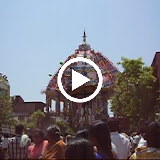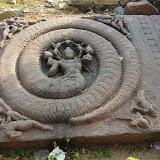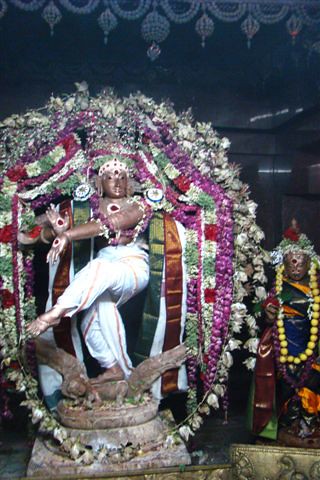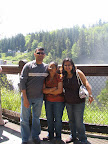I want to share some interesting things about Mahabhart Yutham.
Mahabhart has 18 Parvam(volume).
1.Aathiparvam 10.Sowmthigaparvam
2.Sabha parvam 11.Shreeparvam
3.Vanaparvam 12.Shanthiparvam
4.Viradaparvam 13.Anusasanaparvam
5.Udyogaparvam 14.Ashvamedaparvam
6.Bheshmaparvam 15.Aashramparvam
7.Droonaparvam 16.Mowsalaparvam
8.Karnaparvam 17.mahprasthanikaparvam
9.Saalyaparvam 18swarkahoranaparvam
MahabharataYutham duration of 18days.
Pandavas had 7Akshahini (units) of warriors.
Ghawravas had 11 Akshahini of warriors.
Total 18 Akshahini of warriors
1Chariot ,1 elephant, 5Soldiers, 3Horses =1patthi
3 patthi =1 senamukham
3 senamukham = 1Kulmam
3 Kulmam =`1 ghanam
3ghanam =1vaakhiani
3vaakhini =1bruhutalai
3 bruhutalai =1samu
3 samu =1 anikini
10 anikini =1akshini
That means 21,870 chariots,+ 21,870 elephants,+1,09350 soldiers +65,610 is one akshini
so 18 akshini is +2,36,09,600. from both side.
charrots: elephants: horses : soldiers
21870 : 21870 :65610 :109350
1 : 1 : 3 : 5
The person who can fight with 10 thousand soldiers called Maharath (karna was Maharath)
From pandavas side 16,83,990
from gauravas side 26,46,270 warriors took part in this war.
But atlast when Aswatthama leads the Gauravas army with
200 charrots,100 elephants, 500 horses, 3000 soldiers .
Salya leads pandavas army with
2000 charrots,700 elephants,5000 horses,10,000 soldiers.
In the end of this war 7 persons .Uthishtra, Bheema, Arjun, Nagulan, Sahaadeva,Krishna, Saatyaghi were alive from Pandava side.
But in Duriyothana side only 3 peoples Kripa, Krithvarma, Aswathama were alive.
Ghadopgaja was killed by karna
Karna was killed by Arjun
Jharachandan by Bheema
Dhurpatha and Viraada by Drhona,
Drohna by Dhrishtyooman
Poorsravas by saatyagi
Bheeshma by Shikandhi
Saguni by Sahadeva
Jayatradhan (husband of only daughter of Dhirudhirashta's Dhushaliya) by Arjun
Abhimanya was killed by jayatradhan, karna,Dhuriodana and others.
Dhuriodana was killed by Bheema
Pandava's sons killed by Ashvathama son of Drhona.
(Mahabharatha war was happened on B.C.3155 october month 29th tuesday by a scholor Ramadurai.)
At the time of mahabharata yutha Dharma age was72, Bheema and dhuriyothana 71, Arjuna was70.












 Konerirajapuram - Worlds Largest Bronze Nataraja (1)
Konerirajapuram - Worlds Largest Bronze Nataraja (1)  Picture of Oothukadu Temple -Lord Shri Krishna Idol. Original article link is presented at the end of the this blog. All copyrights to owner.
Picture of Oothukadu Temple -Lord Shri Krishna Idol. Original article link is presented at the end of the this blog. All copyrights to owner.









